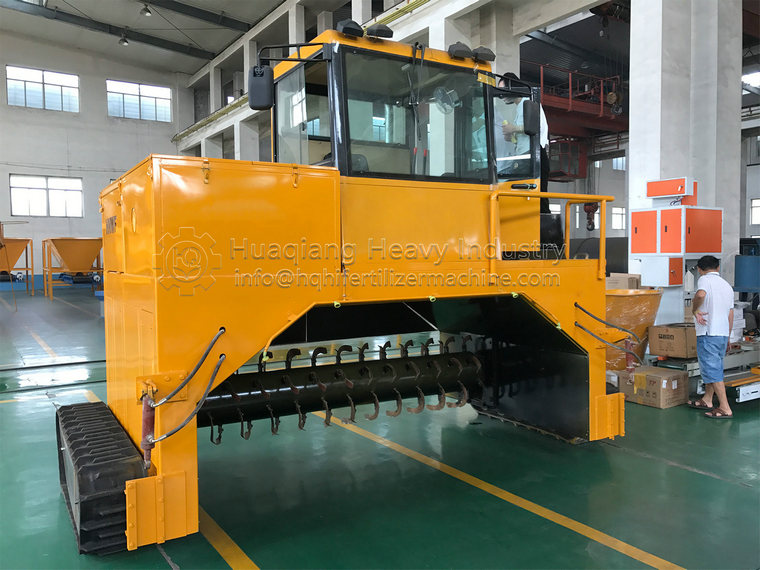Operating principle of variable frequency forklift feeder for pig manure organic fertilizer
The pig manure organic fertilizer frequency conversion forklift feeder is a type of conveying equipment for loose materials. This equipment can transport both fine materials with particle sizes below 5mm and large materials above 1m. It has strong adaptability, adjustable conveying capacity, and the function of continuously and evenly conveying various materials. The variable frequency forklift feeder for pig manure organic fertilizer is widely used in departments such as agriculture, building materials, chemical industry, metallurgy, etc. The newly developed forklift feeder in the aquaculture industry has outstanding advantages such as high traction, low power consumption, low wear and tear, less leakage, stable operation, reliable operation, long service life, and convenient maintenance. The product structures of different manufacturers are similar in technology.
The variable frequency forklift feeder for pig manure organic fertilizer is used to evenly or quantitatively supply materials from the storage bin or other storage equipment to the receiving equipment, and is a commonly used equipment for implementing automation of flow operations. Forklift feeders are mostly used as feeding equipment for ball mills, ore collection belt conveyors.
The variable frequency forklift feeder for pig manure organic fertilizer is widely used in industries such as agriculture, coal, electronics, machinery, chemical engineering, building materials, light industry, and grain. In the production process, the feeder (feeder) is used to quantitatively, uniformly, and continuously feed block, granular, and powder materials from the storage bin or funnel to the receiving device.


.jpg)




